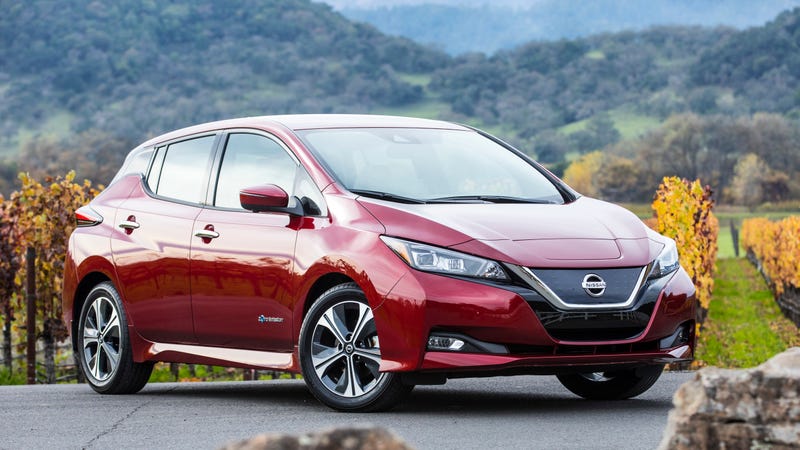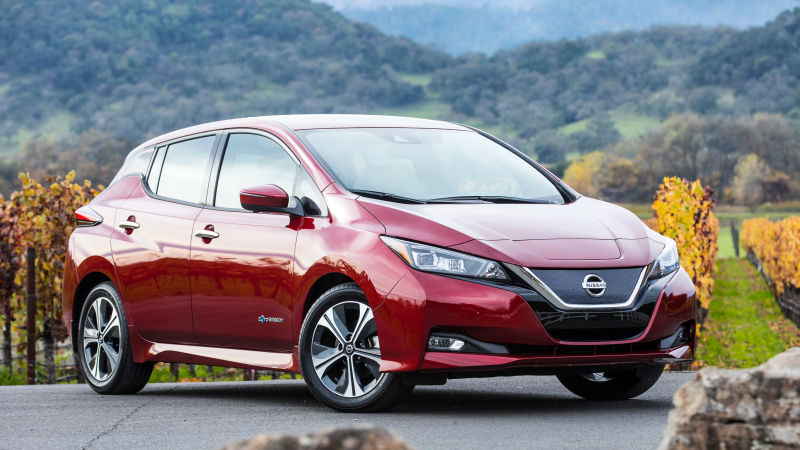
Electric cars are the future, whether you like it or not, though if they are our future they’re going to need to get a lot better than they are today. The batteries, in particular, aren’t good enough, the latest confirmation of this coming in a AAA study released today. Electric cars’ range falls by nearly half on average in temperatures under 20 degrees, according to the study, a number big enough to spook some buyers I’d think.
AAA tested five cars: the a 2018 Nissan Leaf, a 2018 BMW i3s, a 2018 Chevy Bolt, a 2017 Tesla Model S 75D, and a 2017 Volkswagen e-Golf. The average loss of range on all the cars was 41 percent in very cold conditions, primarily due to the heating system using up so much power. AAA also measured a corresponding affect in 95-degree heat because of air-conditioner use, but that effect was smaller, or 17 percent of the car’s range.
All of this extra power use also costs money. Per AAA:
Additionally, an electric vehicle with a compromised driving range will require charging more often, which increases the cost to operate the vehicle. For instance, AAA’s study found that the use of heat when it’s 20°F outside adds almost $25 more for every 1,000 miles when compared to the cost of combined urban and highway driving at 75°F.
All of this isn’t really the kind of thing manufacturers like to talk about, or the kind of thing the EPA considers in its range estimates, which generally are tested without the HVAC system fully-engaged. But they are the kind of thing that consumers should consider, especially those in the market for an electric car.
Advertisement
Internal combustion engine cars draw heat from the engine, of course, but in an electric car, there’s only a finite amount of power in the batteries, meaning by definition if you’re using some of it to keep the cabin warm you’ll be taking power away from making the car go.
The effect can be striking. Here’s the results for the i3s:

Advertisement
The first test on the left was designed to replicate urban driving, while the middle two were highway driving, and the last is combined. The urban driving range completely falls off a cliff when the heat is on, dropping to a paltry 56 miles.
Update, 9:15 p.m. Here is Tesla’s performance:

Advertisement
A Tesla spokesperson gave the following statement:
Based on real-world data from our fleet, which includes millions of long trips taken by real Model S customers, we know with certainty that, even when using heating and air conditioning, the average Model S customer doesn’t experience anywhere near that decrease in range at 20 degrees Fahrenheit, and the decrease in range at 95 degrees Fahrenheit is roughly 1%.
I can’t quite parse that, but maybe you can. I emailed a Tesla spokesperson for clarification, and I have not received a call back. Emails to Chevy, Nissan, and BMW have gone unreturned. An email to Volkswagen was returned, but not with an official response.
Advertisement
Anyway, the results for all the cars weren’t dissimilar to the topline; you can see those results and read the whole study here.













